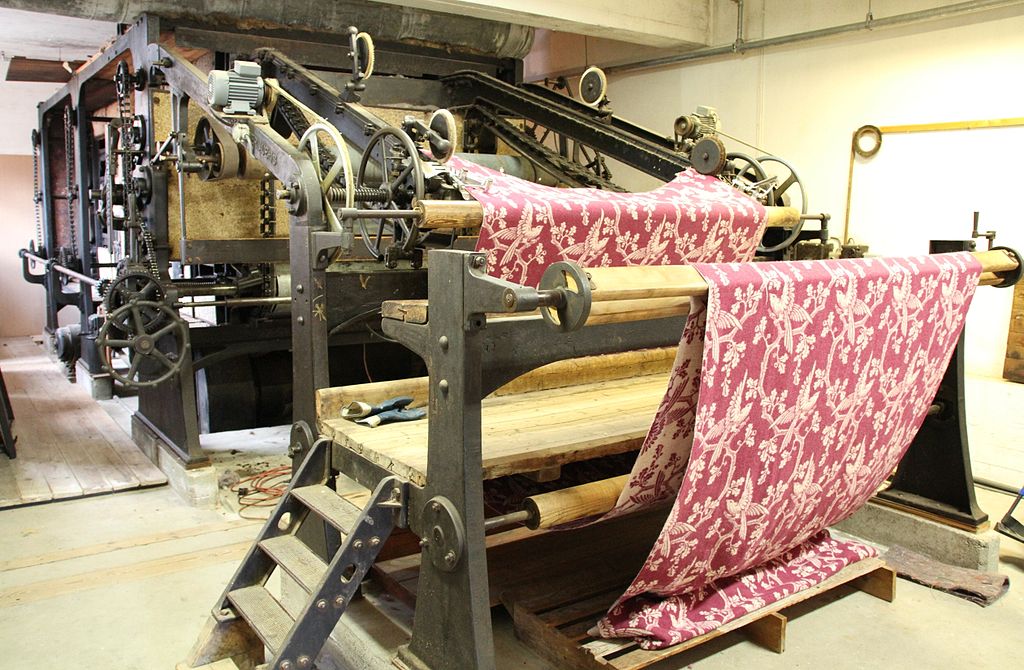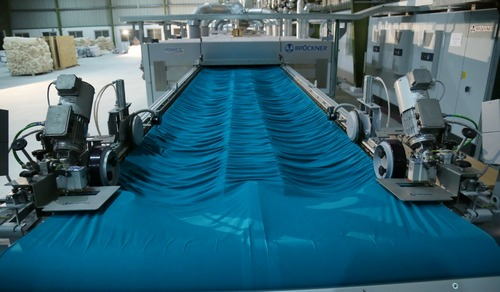Fabric finishing is an essential part of the textile manufacturing process that significantly impacts the texture, durability, and aesthetics of the final product. Through various techniques, fabrics can be made softer, stronger, and more visually appealing, catering to diverse consumer preferences and functional requirements. This blog explores the different fabric finishing techniques and their benefits, highlighting how they enhance the overall quality and appeal of textiles.
Understanding Fabric Finishing
Fabric finishing refers to a range of processes applied to textiles after weaving or knitting to improve their properties. These processes can be mechanical, chemical, or a combination of both, aimed at enhancing specific attributes such as feel, appearance, performance, and durability.
Common Fabric Finishing Techniques

- Mechanical Finishing
Mechanical finishing involves physical treatments to alter the fabric’s texture and appearance. Some common mechanical finishing techniques include:
- Calendering: This process involves passing the fabric between heated rollers to produce a smooth, glossy surface. Calendering is commonly used for fabrics like cotton, polyester, and silk to enhance their luster and feel.
- Singeing: Singeing removes protruding fibers from the fabric surface by passing it over a flame or heated copper plates. This process creates a smooth finish and prevents pilling, making it ideal for high-quality cotton fabrics.
- Brushing: Brushing raises the fibers on the fabric surface, creating a soft, fuzzy texture. This technique is often used for flannels, fleece, and other cozy fabrics to enhance their warmth and comfort.

- Chemical Finishing
Chemical finishing involves treating fabrics with various chemicals to impart desired properties. Some widely used chemical finishing techniques include:
- Mercerization: This process treats cotton fabric with caustic soda, causing the fibers to swell and increase in luster, strength, and dye affinity. Mercerized cotton is more durable and vibrant, making it a popular choice for high-quality garments.
- Sanforizing: Sanforizing pre-shrinks the fabric to minimize shrinkage during washing. This process is particularly beneficial for cotton and rayon blends, ensuring that the final product maintains its size and fit.
- Water Repellent Finishing: Fabrics are treated with hydrophobic chemicals to create a water-repellent surface. This finish is commonly used for outdoor and performance wear, providing protection against rain and moisture.
- Specialty Finishing
Specialty finishing techniques offer unique enhancements to fabrics for specific applications:
- Anti-microbial Finishing: This process involves applying anti-microbial agents to the fabric to inhibit the growth of bacteria and fungi. Anti-microbial finishes are ideal for sportswear, medical textiles, and other applications requiring hygiene and odor control.
- UV Protection Finishing: Fabrics are treated with UV-absorbing agents to protect against harmful ultraviolet rays. UV protection finishes are essential for outdoor clothing and accessories, providing added safety and comfort.
For more insights on fabric blends, check out our blog on Rayon Blends: Mixing Rayon with Other Fabrics.

Benefits of Fabric Finishing
- Enhanced Texture and Feel
Finishing techniques like brushing and calendering can dramatically improve the texture and feel of fabrics, making them more pleasant to touch and wear. - Increased Durability
Processes like mercerization and singeing enhance the strength and durability of fabrics, ensuring that they can withstand regular use and washing without losing their quality. - Improved Aesthetics
Chemical finishes such as mercerization and calendering enhance the visual appeal of fabrics by increasing their luster, brightness, and dye affinity, resulting in more vibrant and attractive textiles.
Choosing the Right Finishing Technique
Selecting the appropriate finishing technique depends on the desired properties and end-use of the fabric. Factors such as fabric type, intended application, and customer preferences should be considered when choosing the right finishing process.
For a deeper understanding of fabric textures, explore our blog on Exploring the Diverse Cotton Weaves: A Guide to Understanding Fabric Textures.
Conclusion
Fabric finishing techniques play a crucial role in enhancing the texture, durability, and aesthetics of textiles. By employing various mechanical, chemical, and specialty finishes, manufacturers can create high-quality fabrics that meet diverse consumer needs and preferences. Understanding these techniques and their benefits can help you make informed decisions when sourcing and selecting textiles.
For comprehensive fabric sourcing solutions and high-quality finished textiles, visit locofast.com. Locofast offers a wide range of textile products and services, ensuring you find the perfect fabrics for your needs. Explore their website to discover how Locofast can support your journey in the textile industry.
For tips on finding the best suppliers, read our blog on Choosing the Right Vendor: A Quick Guide.
